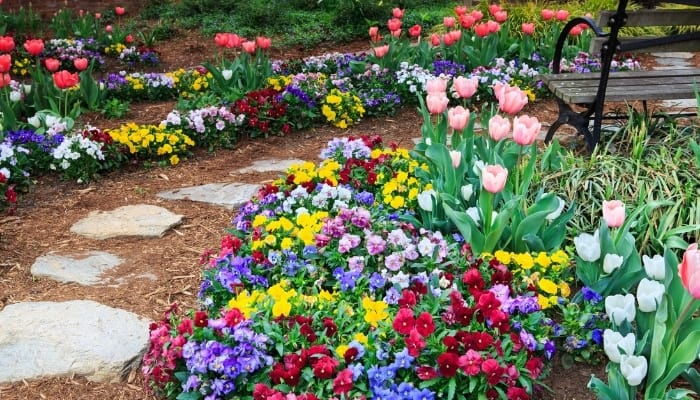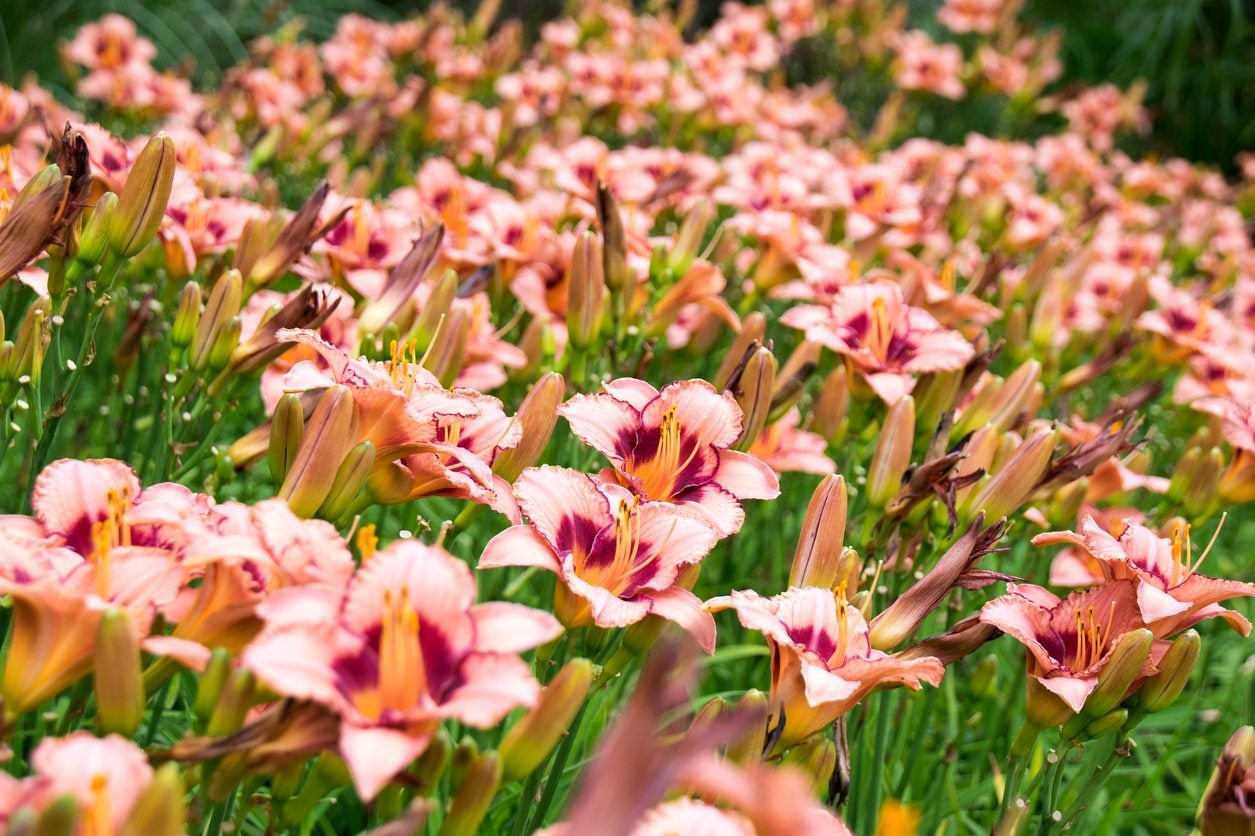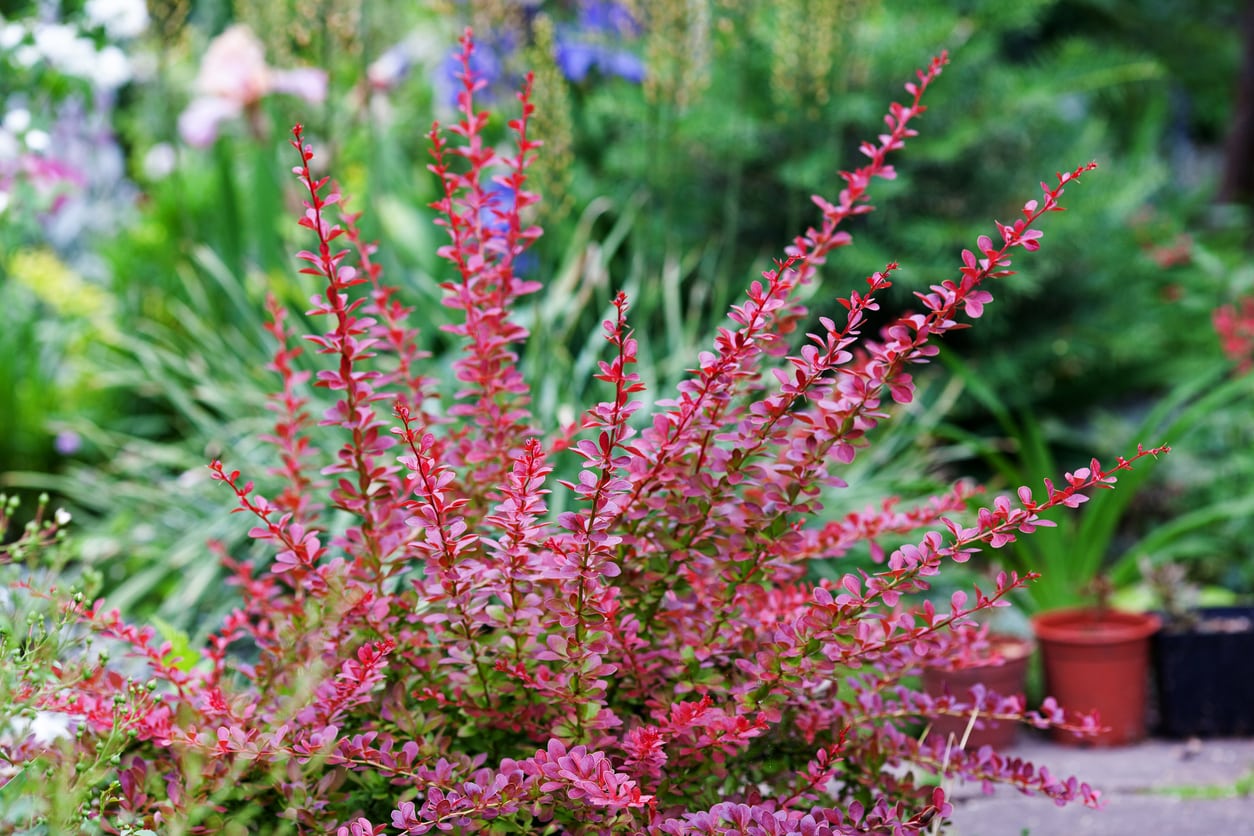Essential Guide to Zone 9 Plants: Thrive in Warm Climates Easily

Everyone loves to tell newcomers in Zone 9: “Pick drought-tolerant plants, stick some citrus in the ground, maybe toss in a bougainvillea, and you’re golden.” That’s the advice I got too. But after two decades of muddy hands and more than a few crispy mistakes, let’s get real—Zone 9 is not as forgiving as its sunny reputation suggests.

Zone 9 isn’t just a paradise for lemons and roses. It’s a sly trickster—a region where one week you’re marveling at your hibiscus blooms and the next, you’re watching your best efforts melt under a punishing July sun or, worse, wither mysteriously from winter “cold” snaps that weren’t supposed to happen.
Here’s what no one told me (or maybe they didn’t want to admit): The so-called “best plants for Zone 9” list is often built by plant sellers who want inventory turnover—not by gardeners who need staying power through reality’s curveballs. If you really want a thriving yard here, forget seeking out “magic bullet” species and start thinking like a microclimate detective and ruthless experimenter.
What Everyone Gets Wrong About Zone 9 Plants
The prevailing wisdom says: chase Mediterranean plants because they love heat. But here’s the twist—most Mediterranean “superstars” sulk in humid southeastern zone 9 spots (hello Houston) or collapse under an irrigation schedule designed for desert cactus.

Let me illustrate with numbers: During my first five years gardening in coastal North Florida (also Zone 9), I lost—
- Twelve lavender plants
- Seven rosemary bushes
- Four olive trees
—all because my backyard sat in a dew-soaked bowl that never fully dried out after summer thunderstorms.
Meanwhile, my friend Erica lost her dozen impatiens in one June weekend in Bakersfield—not to cold but to relentless dry winds and UV rays ricocheting off her neighbor's stucco wall.
What does this mean? “Zone 9 plant” isn’t an answer—it’s just the start of your personal adaptation game.
Start With Microclimate Mapping—Not With Plant Shopping
Forget those glossy nursery tags promising “heat tolerant!” Instead:
- Map your microclimates: Walk your space at dawn, midday, and late afternoon. Where does afternoon sun bake? Where does moisture linger longer after rain? In my own yard right now (June 2024), the southwest corner stays bone-dry while my east side holds puddles until noon.
- Test soil before anything else: Standard advice skips soil structure—but it’s everything here. Pay $15 for a local extension office test; don’t guess. Sandy soils dry out fast; clay clings to water but suffocates roots.
- Track wind patterns: Planting tomatoes on an unprotected fence line? You’ll have wilted stalks by July unless you create windbreaks first.
My "Failed First Attempts"—And Why They Matter
I’ve burned through entire seasons chasing what “should” work:
- A hedge of Indian hawthorn recommended by three nurseries—all dead within two years due to sudden root rot after record rainfall.
- A bed of California poppies that flourished beautifully... right up until humidity spikes in August turned them into mushy compost.
- Even classic suggestions like crepe myrtle have failed when I ignored drainage needs or underestimated frost pockets near stone pavers.
The lesson: Your losses are more instructive than any Pinterest-perfect plant list.

Plants That Actually Earn Their Keep
Now for specifics—the ones I only suggest after seeing them survive repeated abuse and thrive even when left untended:
For Relentless Sun & Heat
- Texas Sage (‘Silverado’ Leucophyllum frutescens): Looks scrubby on day one but morphs into cloudlike purple blooms after rainstorms—no extra watering needed.
- Society Garlic: Unkillable even when forgotten during peak heatwaves; pungent scent keeps deer away.
- Pineapple Guava (Feijoa sellowiana): Handles both wet winters and drought summers; edible flowers taste like bubblegum.
For Shady/Thirstier Pockets
- Aztec Grass (Ophiopogon): Survives kids’ soccer balls and soggy shade equally well; flashes silver at sunrise when dew settles.
- Spider Lily (Hymenocallis): Throws up crazy fragrant white blooms even submerged after storms—unfazed by inconsistent moisture.
Food Crops That Don’t Disappoint
Skip tomatoes if humidity is high—you’ll get disease every summer. Opt instead for:
- Southern Highbush Blueberries: Yes—they can work with pine mulch and acidified beds if you mimic woodland edge conditions.
- Sweet Potatoes: Ignore those who call them tropical-only—they bulk up easily, smother weeds, thrive on neglect.
Water Wisely—But Not How You Think
Contrary to common wisdom that tells Zone 9 gardeners to irrigate everything deeply once per week—I’ve found success using cheap $10 battery timers with spot soaker hoses targeting only edibles or new installs. Everything else must endure dry spells from year two onward; otherwise you’ll breed mold faster than roots can grow.
As an experiment back in May 2019, I halved irrigation on established beds versus newly planted ones—and watched lantana actually increase bloom production once stressed slightly by reduced water!

The “Iterative Garden” Mindset
True story: My neighbor Rita spent hundreds each spring replacing annuals fried by August heat until she finally embraced the concept of iterative planting—adding just two new varieties per season while ruthlessly pulling out nonperformers. Now her front yard looks effortless even though she admits it took four years before she had consistent color year-round.
If something fails? Don’t mourn—log what happened (“Eastern exposure fried these petunias mid-June”) then try something tougher next round. By year three or four you’ll accidentally look like an expert…if you treat every setback as data, not defeat.
Your Contrarian Checklist for Getting Started
- Scratch generic lists—do your own site evaluation first (microclimates/soil/wind).
- Pick just TWO foundational evergreens plus one edible suited specifically for your yard conditions—not just what thrives across all of Zone 9.
- Invest more time than money at first: free local extension classes often yield better results than $100 impulse splurges at box stores.
- Install basic drip lines only where absolutely necessary; force everything else to adapt within reason.
- Keep annual replacements under five total plants per season—that’s manageable tracking for post-mortem analysis come fall.
Final Word
Don’t buy into Zone 9 myths about universal plant success or instant lushness—the reality is trial-and-error mixed with close observation far outruns wishful thinking or catalog promises. Take pride in every survivor that comes back stronger each spring—that scrappy salvia blooming amid last year’s gravel tells its own story of resilience better than anything pre-packaged as “perfect for your zone.”
Your garden isn’t supposed to look like anyone else’s—it should slowly reveal which plants are tough enough for your exact patch of earth, quirks and all. Let go of mass-advice perfectionism…and embrace stubborn experimentation instead. You’ll end up with less heartbreak—and one day, passersby asking how you made it look so easy.



